Semi-trailer load capacity: how to calculate maximum load?
The load capacity of a semitrailer refers to the maximum weight of cargo it can safely carry. Calculating the maximum load capacity of a semitrailer requires consideration of several factors, including the type of semitrailer, design, structure, manufacturing standards, and laws and regulations. The following are general steps for calculating the maximum load capacity of a semi-trailer:

1. Find manufacturer specifications: First, review the manufacturer specifications and documentation for your semitrailer. Manufacturers usually provide detailed information on maximum load capacity and other relevant parameters. These specifications can serve as a starting point.
2. Determine the type of semi-trailer: Different types of semi-trailers have different load-carrying capacities. Common types of semi-trailers include flatbed semi-trailers, low-floor semi-trailers, fence semi-trailers, refrigerated semi-trailers, etc. Make sure you understand the type of semi you have.
The type of semi-trailer has an important impact on its maximum load capacity. Here are details about the different semi-trailer types and their maximum load calculations:
--Flatbed semi-trailers: Flatbed semi-trailers are usually used to transport various types of goods, including construction materials, machinery and equipment, steel, etc. Its flat chassis makes it suitable for loading irregularly shaped cargo. The maximum load capacity depends on the chassis structure, tires, number of axles and distribution of the cargo being transported. Manufacturers often provide guidance on load capacity, but local regulations must be followed.
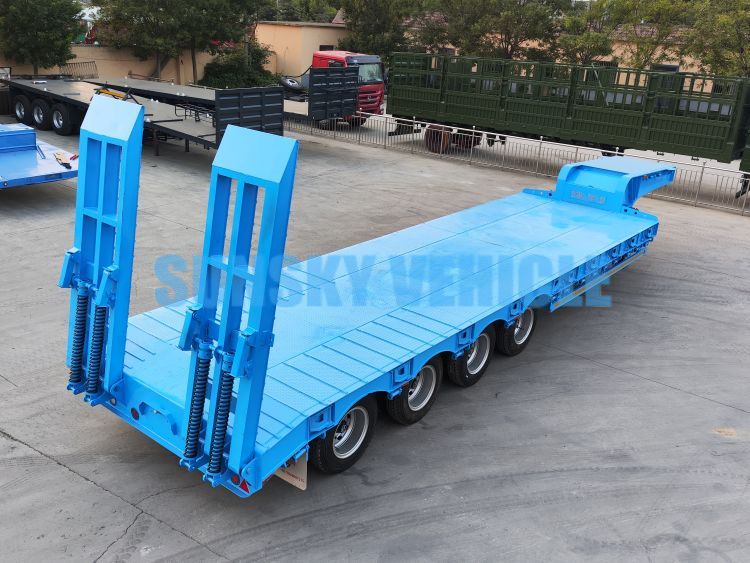
--Low-floor semi-trailers: Low-floor semi-trailers have a lower chassis and are suitable for transporting over-height or over-weight cargo, such as large construction machinery and engineering vehicles. Their maximum load capacity is usually higher than other semi-trailer types because their chassis structure is stronger and can accommodate more weight. However, regulations still need to be followed.
--Damp semi-trailer: Damp semi-trailer is usually used to transport various goods and is named after its side fence structure. These rails provide additional protection for the cargo, but also add weight to the semitrailer. Maximum load capacity is affected by chassis, rail material and structure.
--Refrigerated semi-trailers: Refrigerated semi-trailers are used to transport temperature-sensitive goods such as food and medicine. They often have heavy-duty refrigeration equipment, so the maximum load capacity may be limited by the load on the refrigeration system.
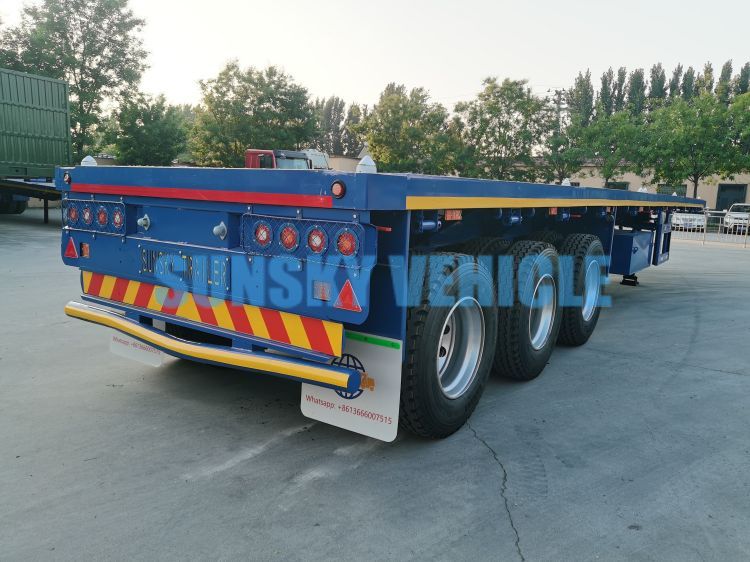
--Other special semi-trailers: There are also some special-purpose semi-trailers, such as car transport semi-trailers, oil tank semi-trailers, convertible semi-trailers, etc. The maximum load capacity of these semi-trailers is limited by their design and purpose and needs to be calculated on a case-by-case basis.
3. Check the structure of the semi-trailer: The structure and design of the semi-trailer will affect its load-carrying capacity. Particular attention is paid to key components such as chassis, axle count, suspension and support structures. These components must be able to support the weight to be transported.
Inspecting the structure of a semi-trailer is one of the key steps to ensure the maximum load capacity of the semi-trailer. The structure of a semi-trailer directly affects its load-bearing capacity and safety. Here are details about inspecting the structure of a semitrailer:
Chassis strength: The chassis is the main supporting structure of the semi-trailer and bears the pressure caused by the weight of the cargo and road conditions. It is crucial to check the strength and durability of the chassis. Manufacturers usually provide information on chassis specifications and maximum loads, but you should also ensure there is no obvious damage or corrosion to the chassis.
Tires and Suspension: A semitrailer’s tires and suspension must be able to support the maximum load. Check that the tire's wear level, air pressure and specifications are consistent with the manufacturer's recommendations. The springs, shock absorbers, and other components of your suspension system should also be in good condition.
Number and distribution of axles: The number and distribution of axles of a semi-trailer are crucial to its load-carrying capacity. Multi-axle semi-trailers typically have higher maximum load capacities. Ensure axle number and distribution comply with local regulations and road restrictions.
Support structure: Some semi-trailers have special support structures, such as head supports or outriggers. These structures must be able to stably support the semi-trailer, especially when cargo is being loaded and unloaded. Check that they operate properly and are not loose or damaged.
Rails or sidings: If your semi-trailer has rails or sidings, make sure their materials and attachment methods are strong enough to support the weight of the cargo being transported. The stability of railings or sidings is crucial to the safe and stable transportation of goods.
Attachment points and fixtures: Attachment points and fixtures on semi-trailers are used to secure the cargo to prevent it from moving during transportation. Check the integrity and availability of these units to ensure they can handle the maximum load.
Structural Deformation and Wear: Regularly inspect the structure of your semi-trailer to identify any deformation, wear or damage. These problems may reduce the load-carrying capacity of the semitrailer and require prompt repair.
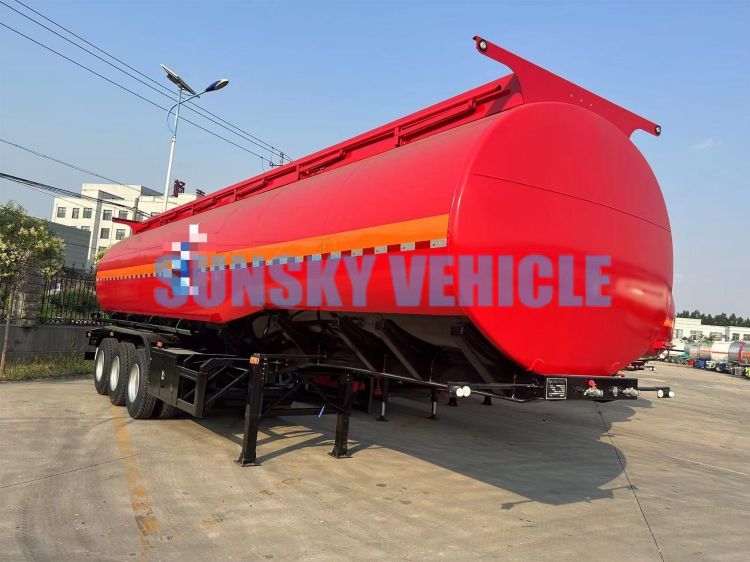
4. Legal and regulatory requirements: Determine the maximum legal load limit of the semi-trailer according to the laws and regulations of the region. These restrictions may vary by region and include regulations at the international, national and local levels.
5. Cargo distribution and loading method: Consider the distribution and loading method of cargo. Distribute cargo evenly and ensure key sections are located near the support points of the semi-trailer to reduce the risk of uneven loading.
6. Use the right tires and braking system: Make sure the tires and braking system of the semi-trailer are strong enough to handle the maximum load. Tire and brake system specifications should meet or exceed relevant standards.
7. Consult a professional engineer: If you need to accurately calculate the maximum load or customize a special device, it is recommended to consult a professional engineer or the semi-trailer manufacturer to ensure compliance with safety and regulatory requirements.
8. Consider road and bridge restrictions: Based on the transportation route and bridge restrictions on the way, ensure that the maximum load of the semi-trailer does not exceed the load-bearing capacity of the roads and bridges.
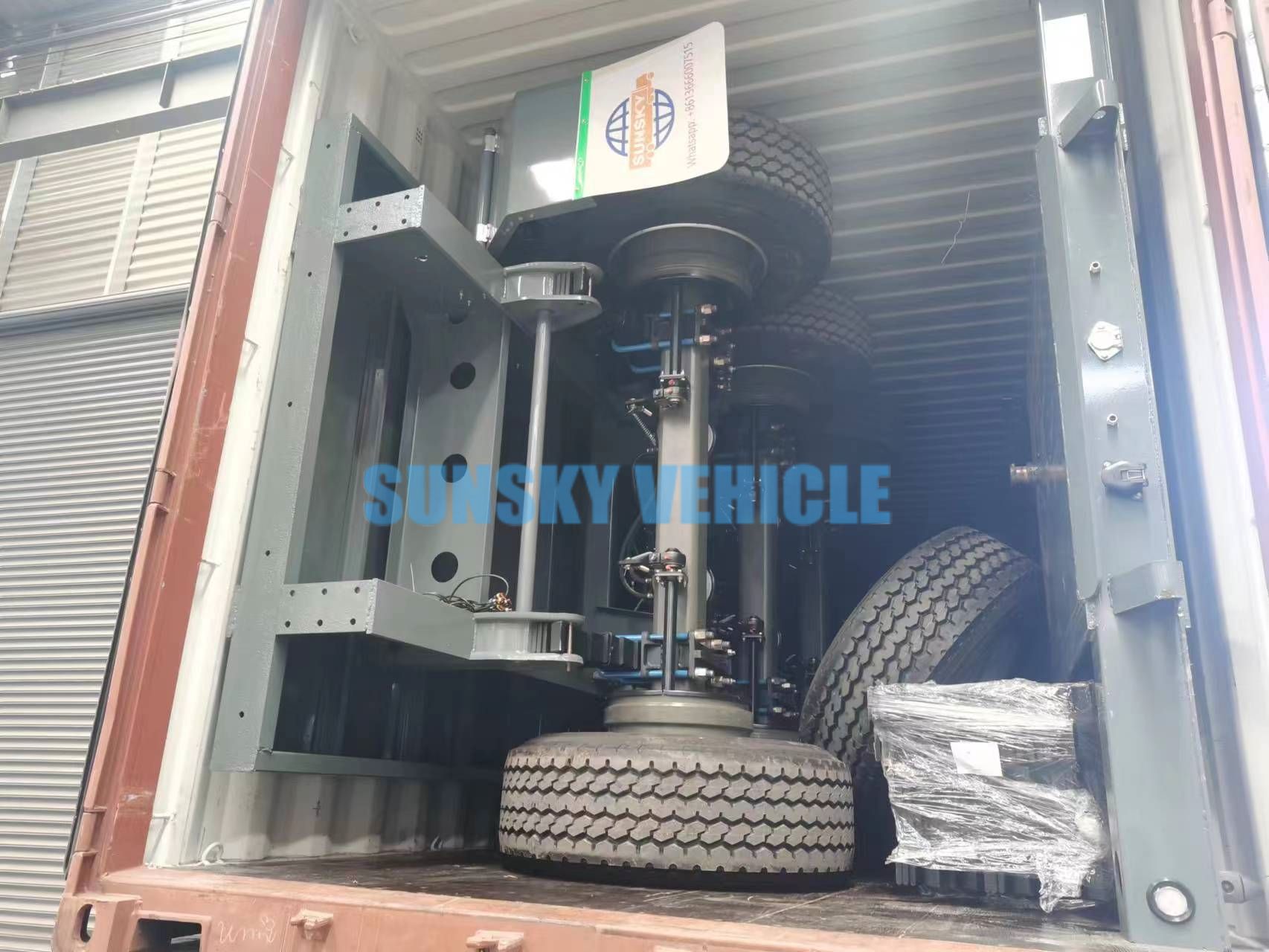
Maximum load capacity is a key factor in the safety and legality of semi-trailer transportation. Unreasonable overloading can lead to danger and legal problems. Therefore, it is vital to ensure compliance with relevant regulations and correct load calculations. Best practice is to research the relevant regulations and requirements in detail before using a semi-trailer and ensure that the semi-trailer is in safe and legal operating condition.

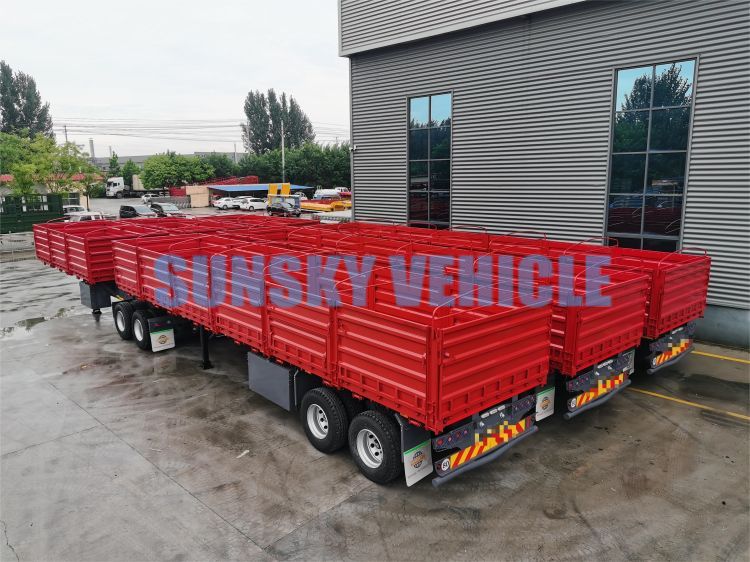

Leave a Comment